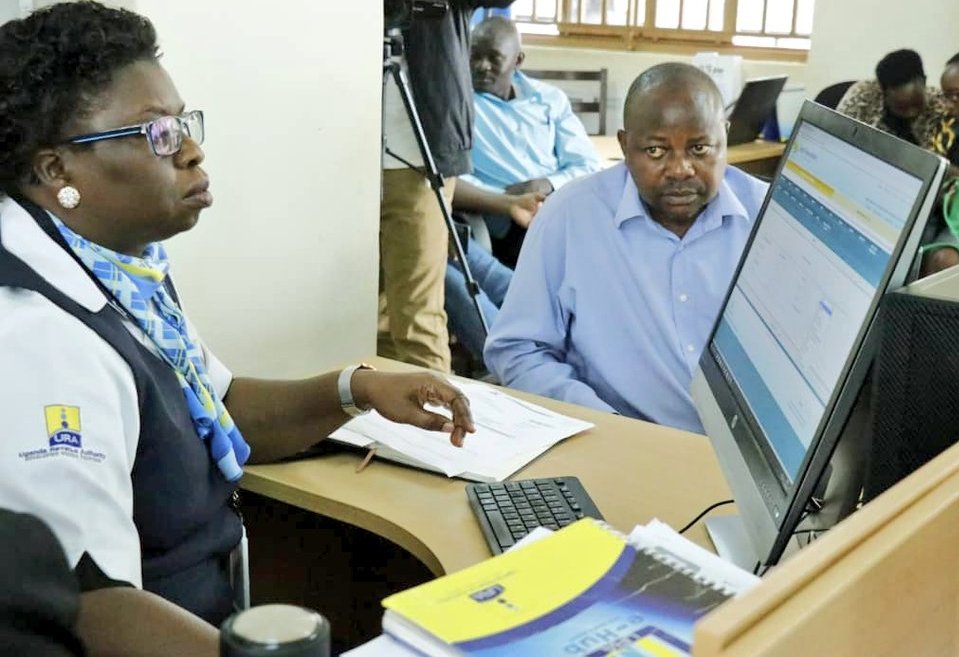Participants in a group photo after the business workshop
Coffee and cocoa exporters have been urged to put in place risk management strategies to protect their business from volatile currency, and commodity prices, and ensure business stability, to achieve sustainable growth and expansion.
This was during the Absa Bank Business Banking workshop with clients in the coffee and cocoa business at Golden Tulip Hotel on Thursday.
Rahmah Masagazi, the Head of Financial Market Sales at Absa Bank Uganda said organisations should also keep assessing their risk levels to come up with proper solutions.
She said that business entities must know what level of risk to take, for instance, If the business is selling USD100,000 every month is the entire amount at risk or is it just half of it? How much must the company protect to ensure its key expenses are met?
To manage some financial risk, Masagazi said coffee and cocoa exporters could embrace a hedging program that provides a sound framework that caters to varied outcomes, whilst allowing for the possibility of topping up hedges at levels that are favorable and preventing a situation where the hedging decision is forced.
“We should also be willing to determine and identify what is the biggest risk that I am facing as a business. Today, it may be foreign exchange risk, when you look at the participation in currency, but tomorrow, it may be commodity prices,” she stated.
Citing extreme weather conditions in Brazil and Vietnam that have hit global coffee supplies, and boosted prices and earning for Ugandan farmers, Masagazi said that the key risk is what is going to happen to coffee prices if the weather stabilizes in these key supply markets and how can business take advantage of the current scenario but also protect themselves from a downturn in market conditions.
“You must be willing to keep assessing and analyzing; as I stand today, what remains my biggest risk? When we talk about risk management, the first thing we ask is for you to consider putting in place a risk management policy if you don’t have one that guides you as an entity. Then you also need to consider what are the things you would want to put into your risk management policy so that you end up with a portfolio of hedging strategies” she stated.
In line with the portfolio approach, she said a mix of risk management tools are utilised to reduce overall earnings volatility.
“If the currency today is 3710, I want to make sure that even when I do my exports, the dollars that I am going to get, at a very least I will convert them to shillings at not less than 3750 just as an example. But the question is, should I lock in at the rate of 3750 or should I leave it open and say I want to look it at 3750 today but if the market is at 3760 at the end of my hedging period, I want to be able to convert at that better rate. These are different things that we look at when we are assessing a portfolio of strategies while hedging.”
Ann Wachira, the Head of Commercial Asset Financing at Absa said business entities should plan their costs in advance to know the direction they want the business to go, and how to achieve the set goals.
“You need to plan your costs in advance, you need to know how the P and L is going to look like in the next 12 months if I am committing to a facility or if I am entering a transaction. We would also want to partner with you to mitigate risk.





